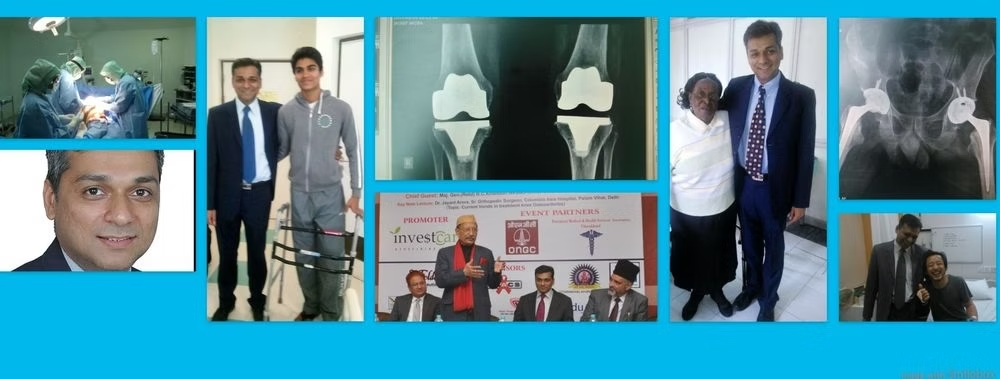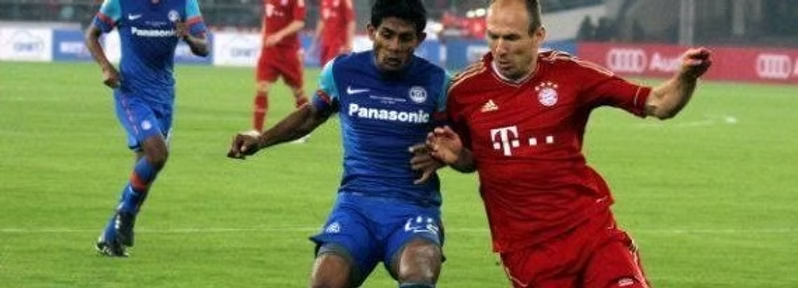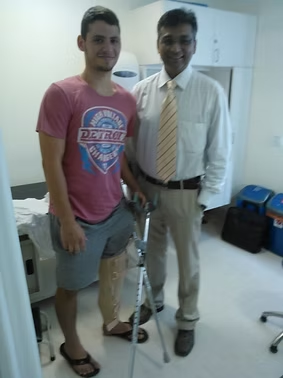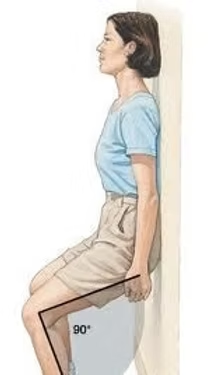Preparation for ACL Surgery

Advanced Arthroscopic Surgery for knee and shoulder problems are routinely done at Gurgaon Knee and Shoulder Clinic.

Arthroscopic Anterior Cruciate Ligament recinstruction using Anatomical Foot Print technique allows quick recovery and return to sports.

We have been using Hamstring graft and Bioabsorbable screws, which provide excellent recovery with no residual knee stiffness.

Apply Ice after injury to reduce pain and swelling.

Apply Ice after injury to reduce pain and swelling.


Improve muscle strength by light exercises.

Wall slides to improve bending & strengthening.

How to prepare for your surgery?Guidelines before undergoing the surgery.
THE HIGHEST INCIDENCE OF KNEE STIFFNESS OCCURS IF ACL SURGERY IS PERFORMED WHEN THE KNEE IS SWOLLEN, PAINFUL, AND HAS A LIMITED RANGE OF MOTION.
I recommend my patients to wait for 4-6 weeks after the injury and follow below mentioned exercises before proceeding ahead with surgery.
Preoperative Rehabilitation Phase
Goals:
- Control pain and swelling
- Stopping suddenly
- Develop muscle strength sufficient for normal gait
- Mentally prepare the patient for surgery
Immobilize the knee
Control Pain and Swelling
Regain Movements
Full extension is obtained by doing the following exercises:
1) Passive knee extension.
Relax the thigh muscles.
Let the knee sag under it’s own weight until maximum extension is achieved.
2) Heel Props:
Place the heel on a rolled towel making sure the heel is propped high enough to lift the thigh off the table. Allow the leg to relax into extension. 3 – 4 times a day for 10 – 15 minutes at a time.
3) Prone hang exercise.
Lie face down on a table with the legs hanging off the edge of the table. Allow the legs to sag into full extension.
Bending (Flexion) is obtained by doing the following exercises:
1) Passive knee bend
Sit on the edge of a table and let the knee bend under the influence of gravity.
2) Wall slides are used to further increase bending.
Lie on the back with the involved foot on the wall and allow the foot to slide down the wall by bending the knee. Use other leg to apply pressure downward.
3) Heel slides are used to gain final degrees of flexion.
Pull the heel toward the buttocks, flexing the knee. Hold for 5 seconds.
? Straighten the leg by sliding the heel downward and hold for 5 seconds.
? In later stages of rehabilitation, do heel slides by grasping the leg with both hands and pulling the heel towards the buttocks.
Develop muscle strength
Once 100 degrees of flexion (bending) has been achieved you may begin to work on muscular strength:
1) Stationary Bicycle. Use a stationary bicycle two times a day for 10 – 20 minutes to help increase muscular strength, endurance, and maintain range of motion.
2) Swimming is also another exercise that can be done during this phase to develop muscle strength and maintain your range of motion.
3) Low impact exercise machines such as an elliptical cross-trainer, leg press machine, leg curl machine, and treadmill can also be used.This program should continue until you have achieved a full range of motion and good muscular control of the leg (you should be able to walk without a limp).
Mentally prepare
- Understand what to realistically expect of the surgery
- Make arrangements with a physical therapist for post-operative rehabilitation
- Make arrangements with your place of employment.
- Make arrangements with family and/or friends to help during the post-operative Rehabilitation.
